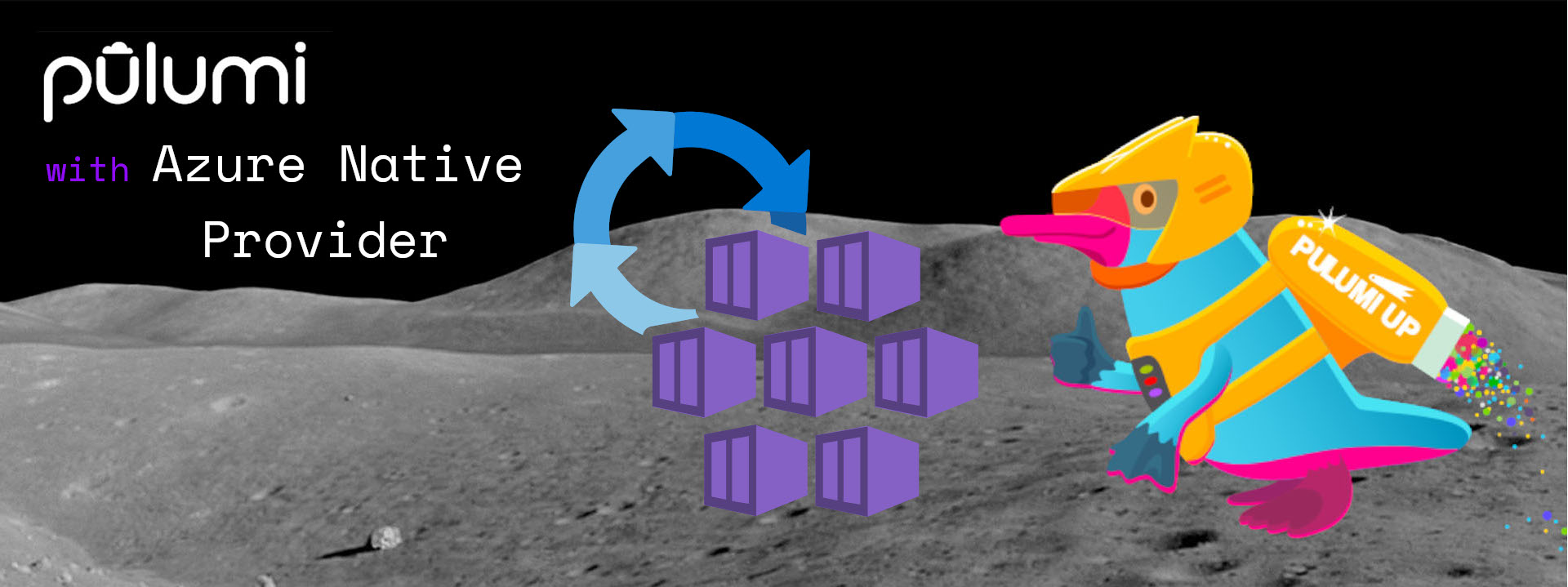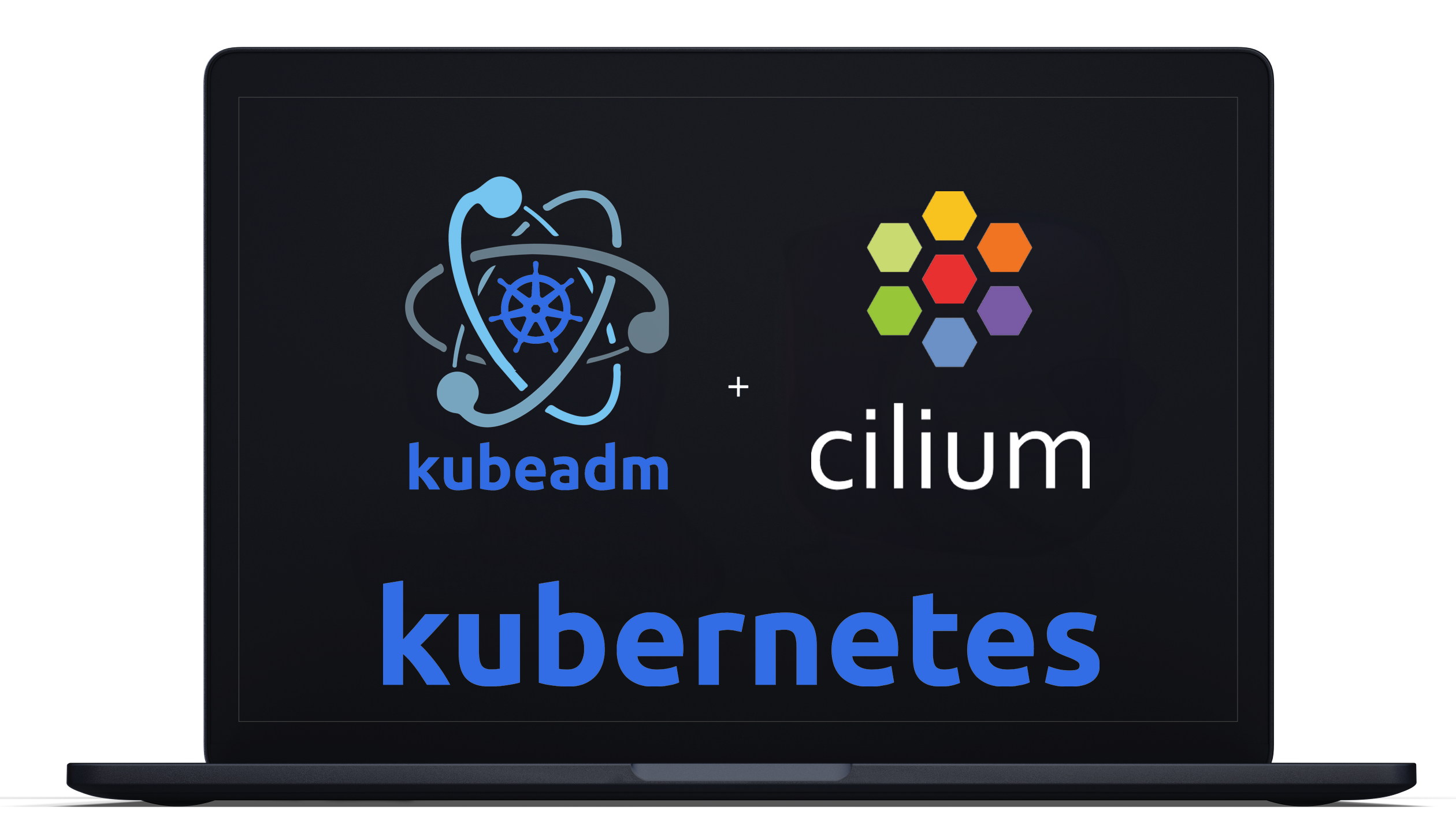Build a Weather MCP Server with Rust: Complete Tutorial for AI Integration
Building AI tools that can access real-time data requires bridging the gap between language models and external APIs. The Model Context Protocol (MCP) makes this possible by providing a standard way for AI assistants to interact with data sources.
In this tutorial, we’ll build a weather MCP server using Rust that connects to the National Weather Service API, giving any MCP-compatible AI assistant the ability to fetch live weather alerts and forecasts.
Continue reading


